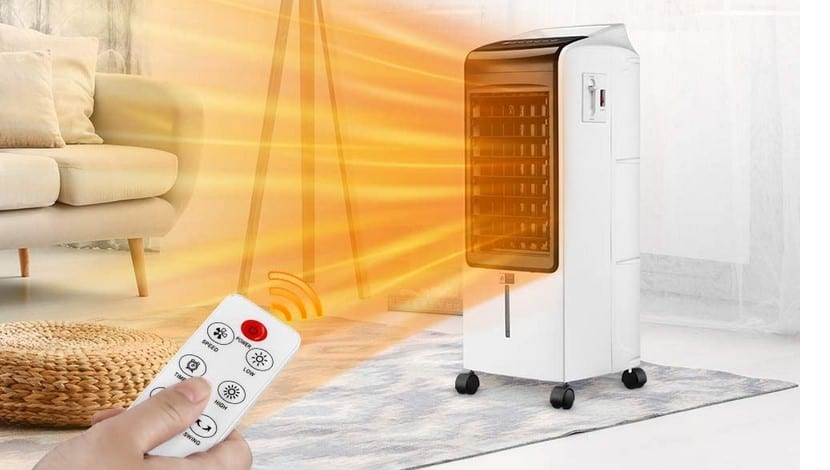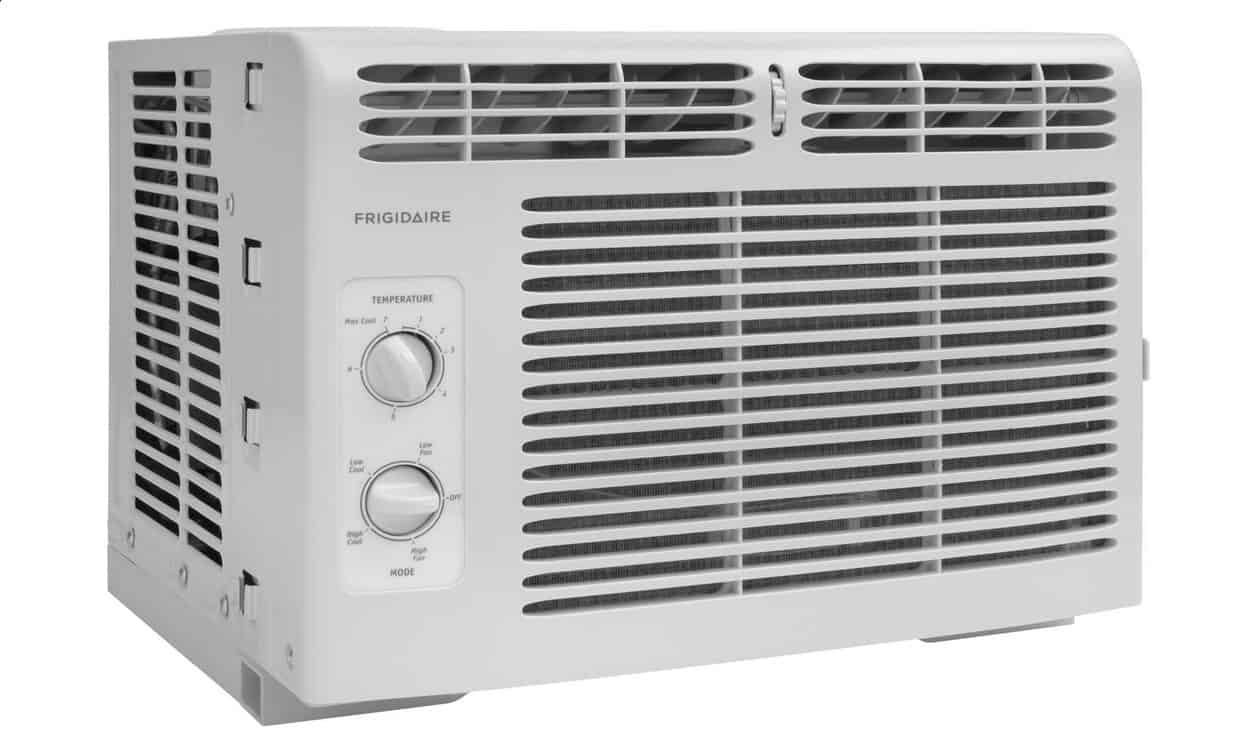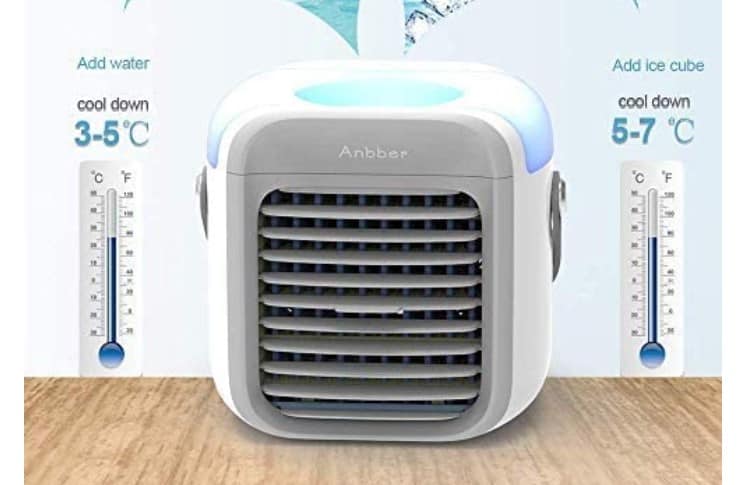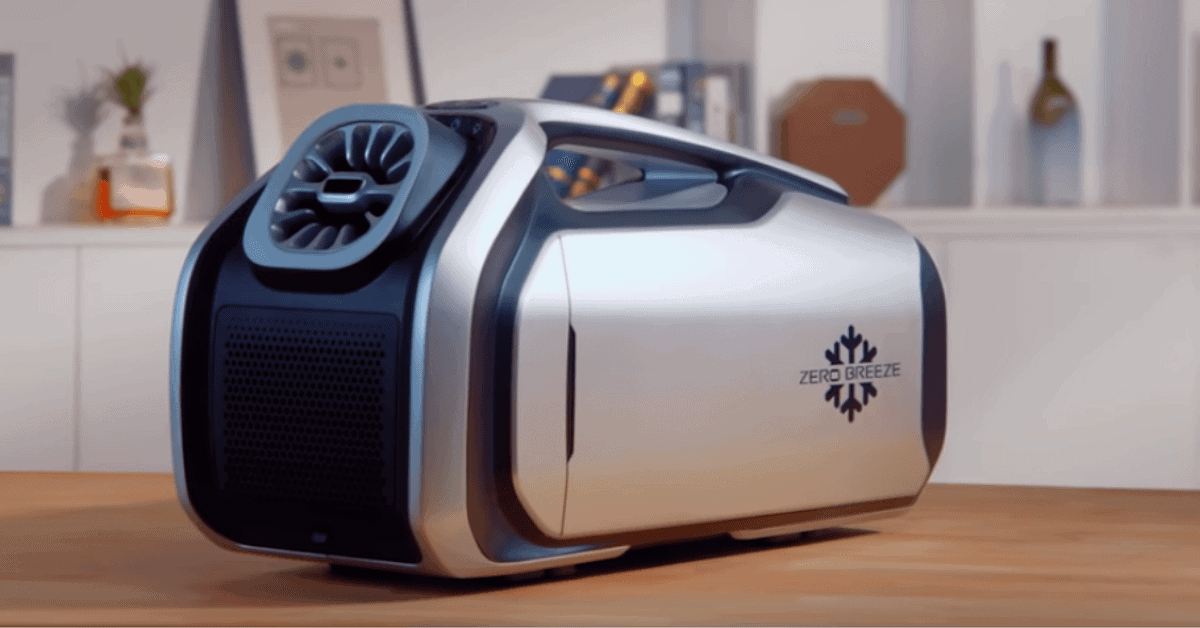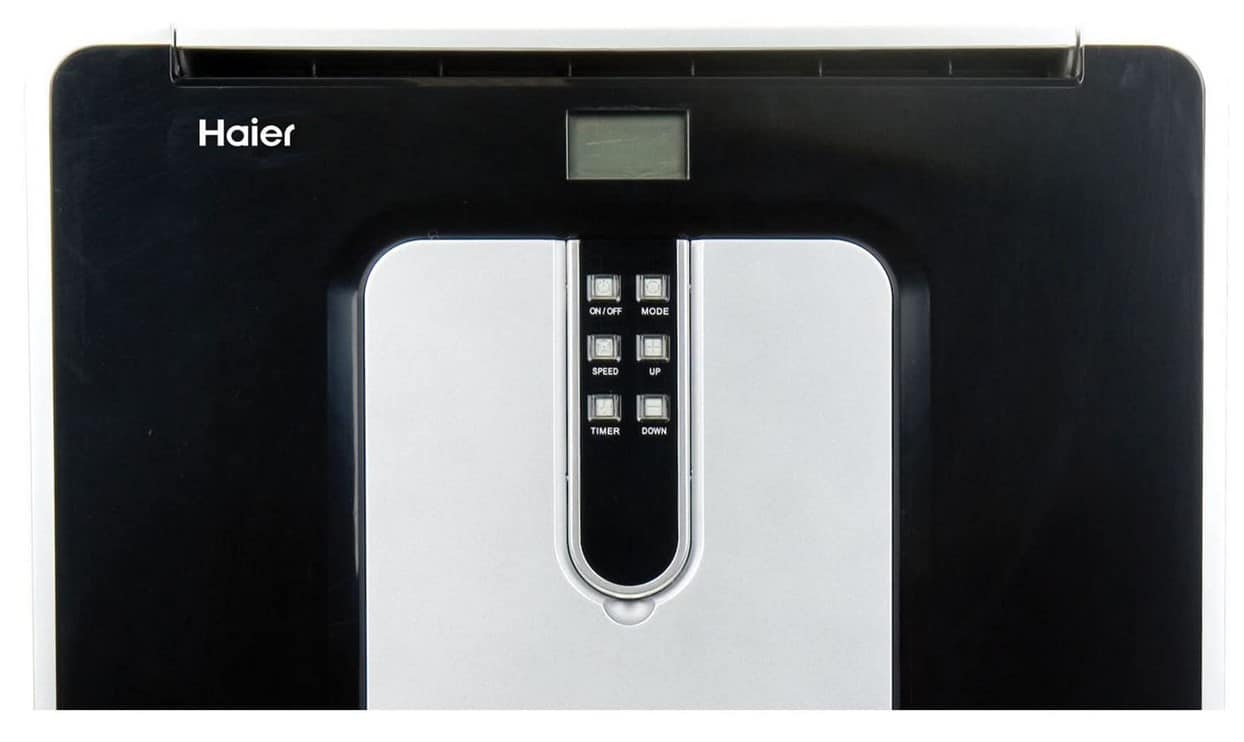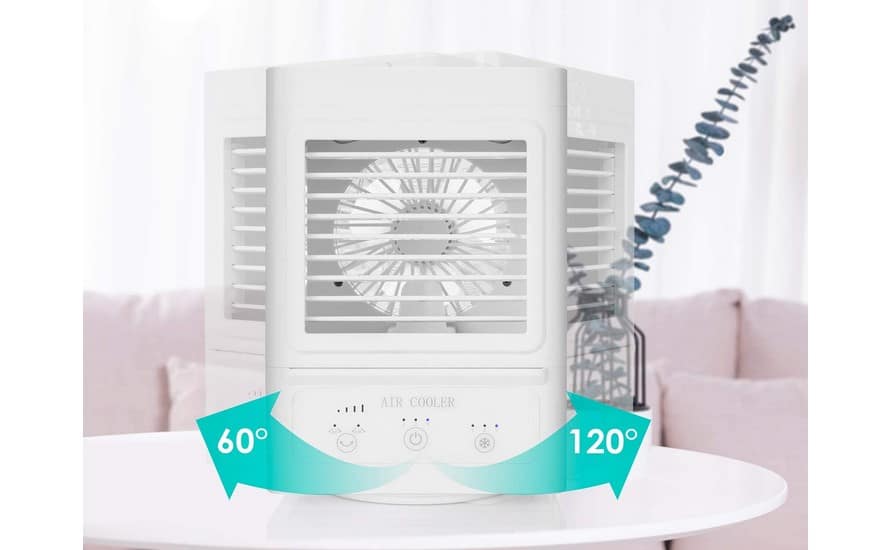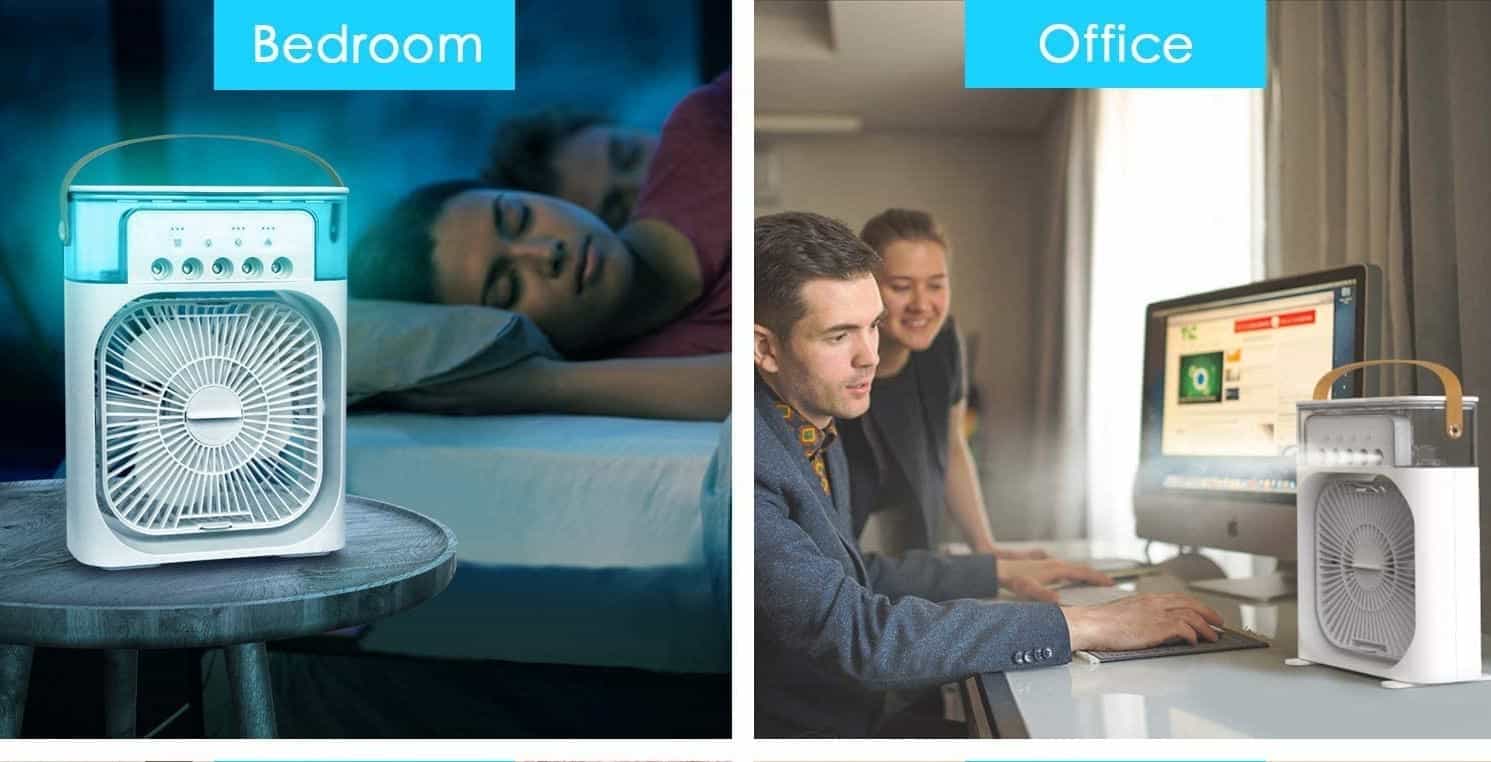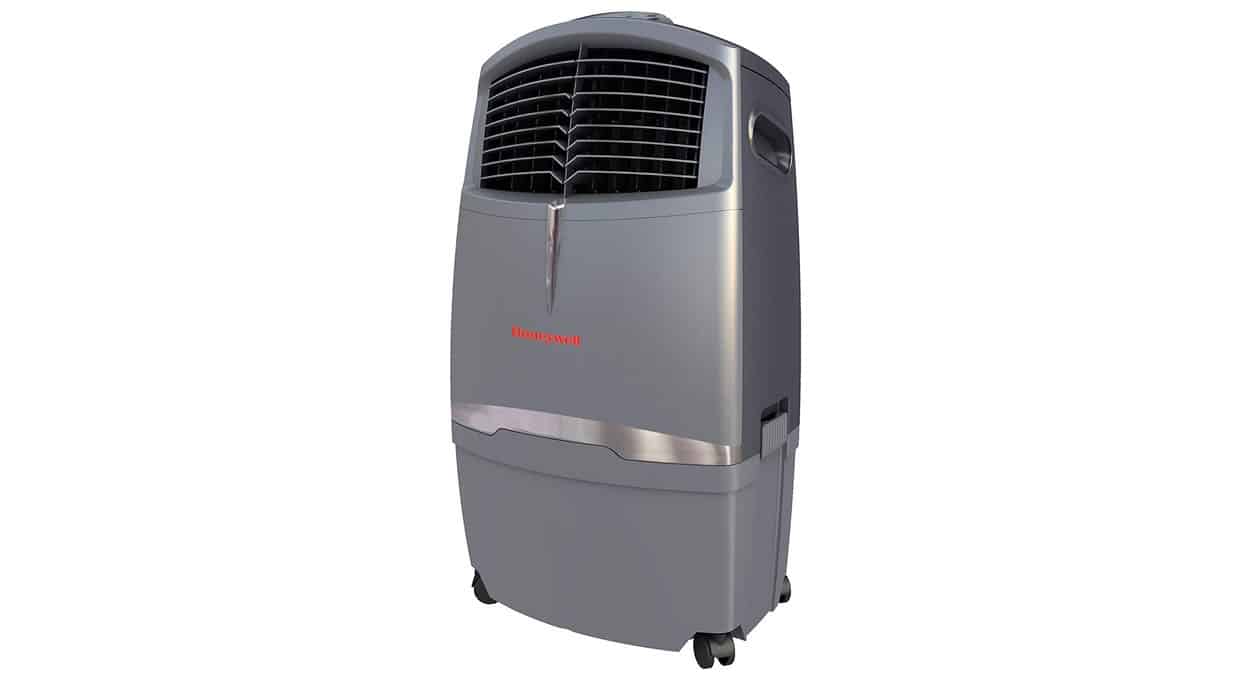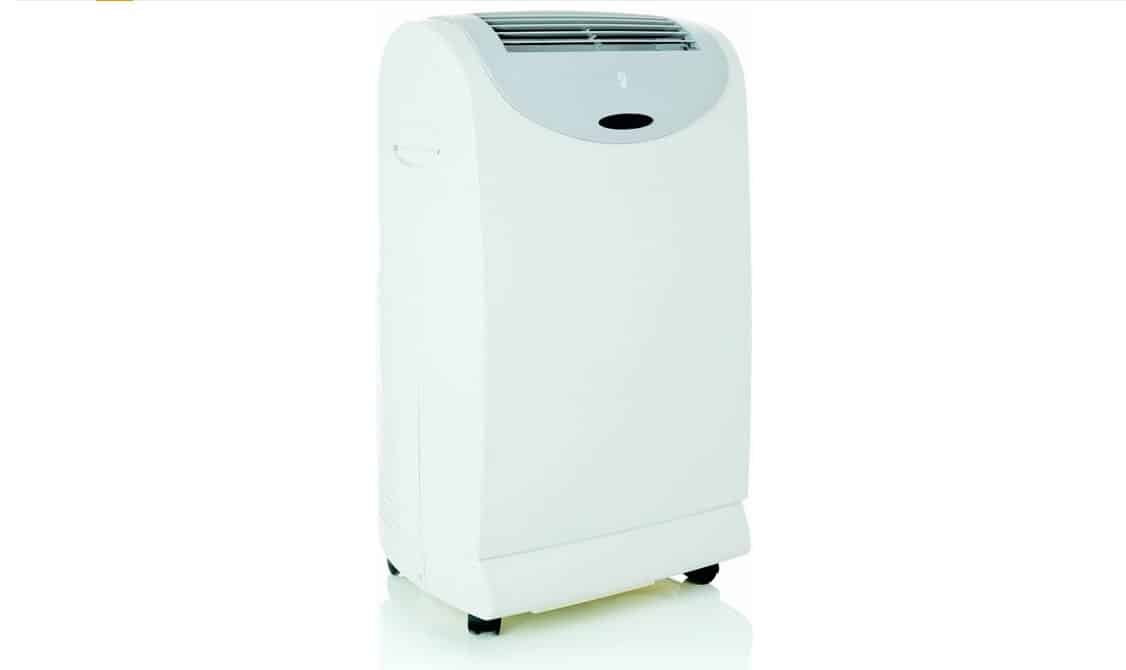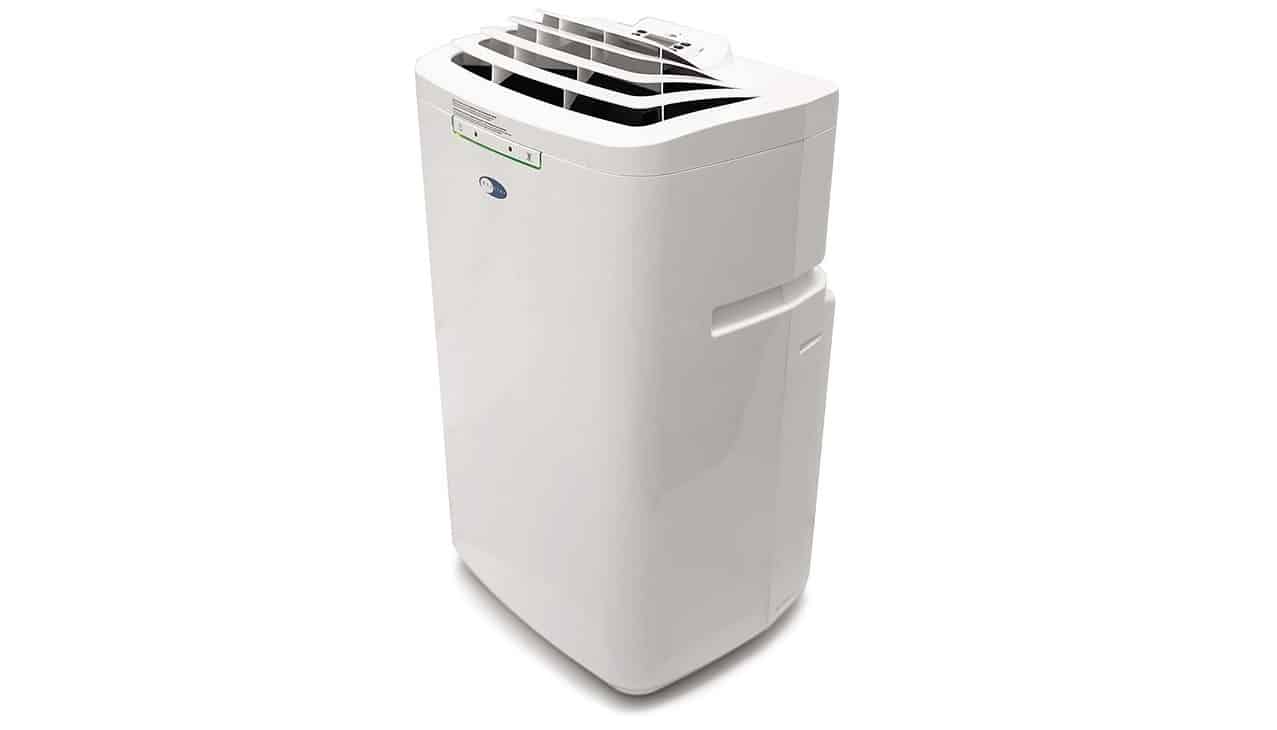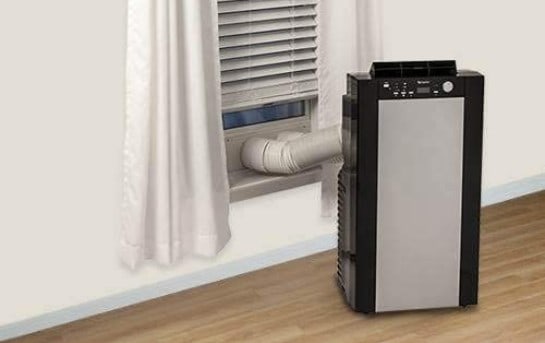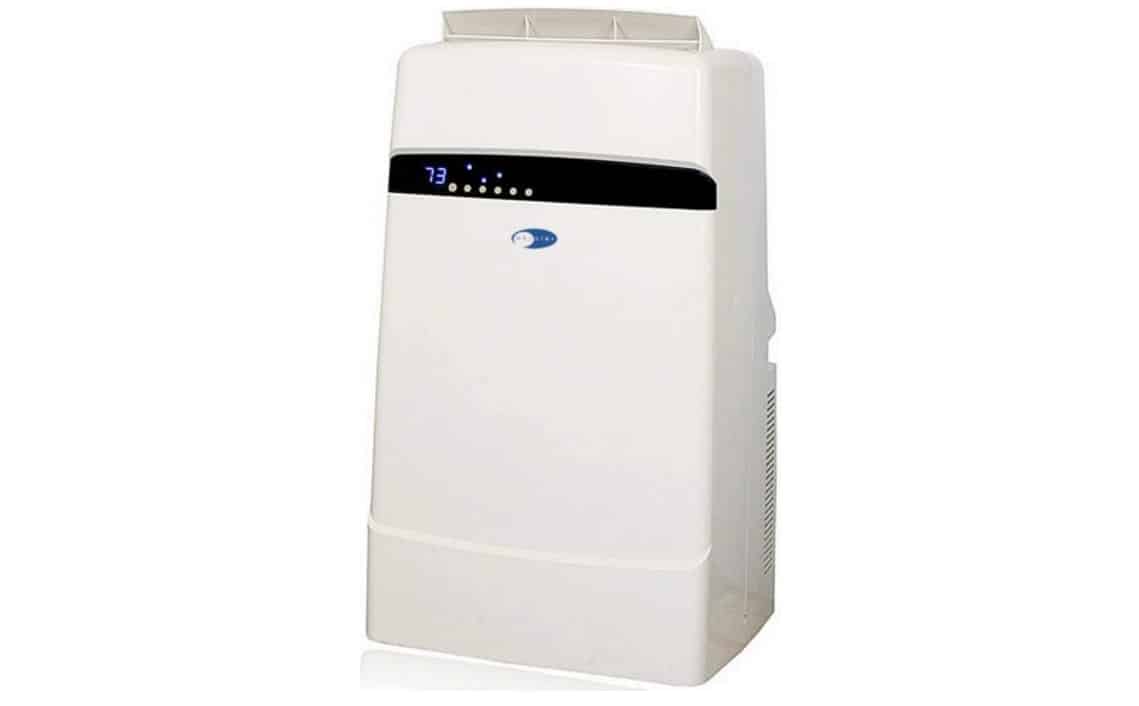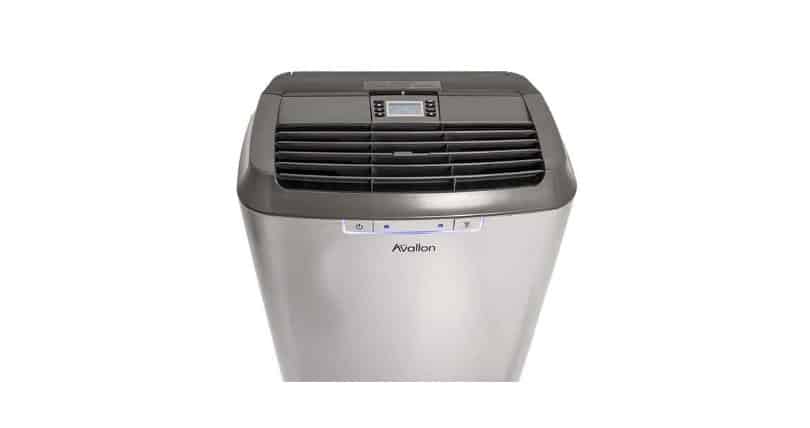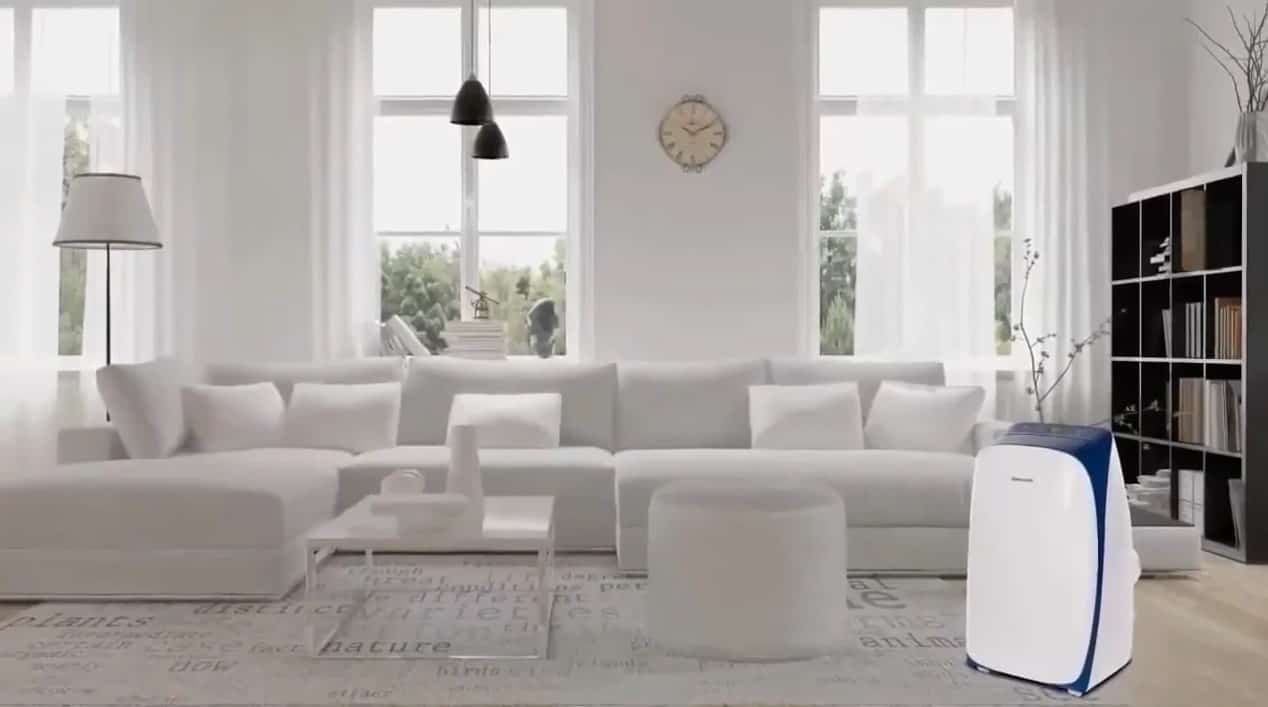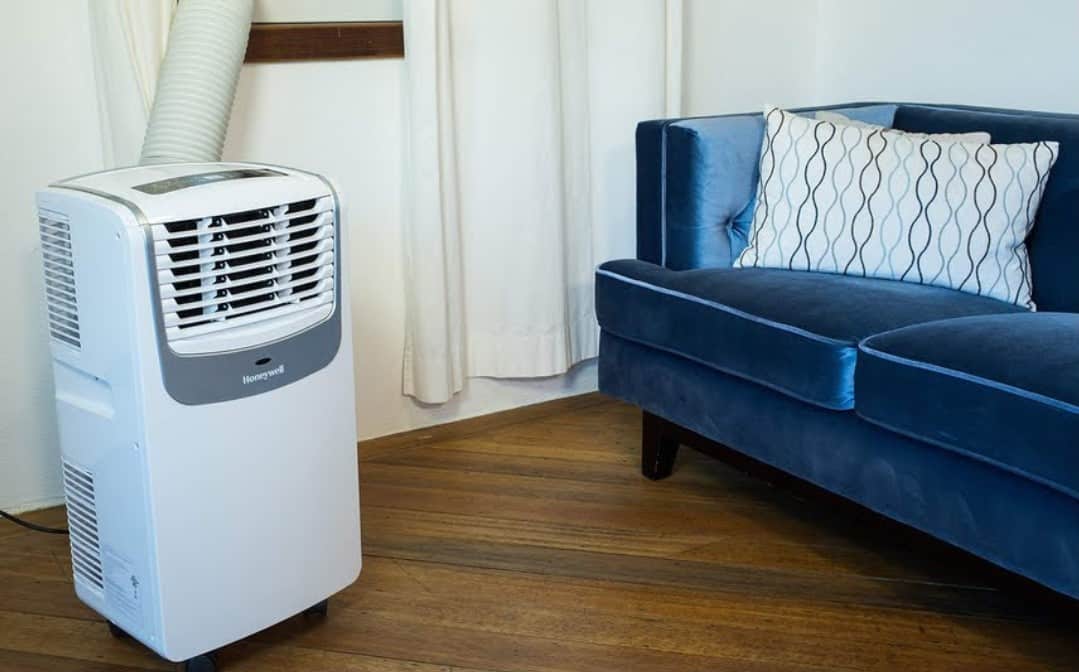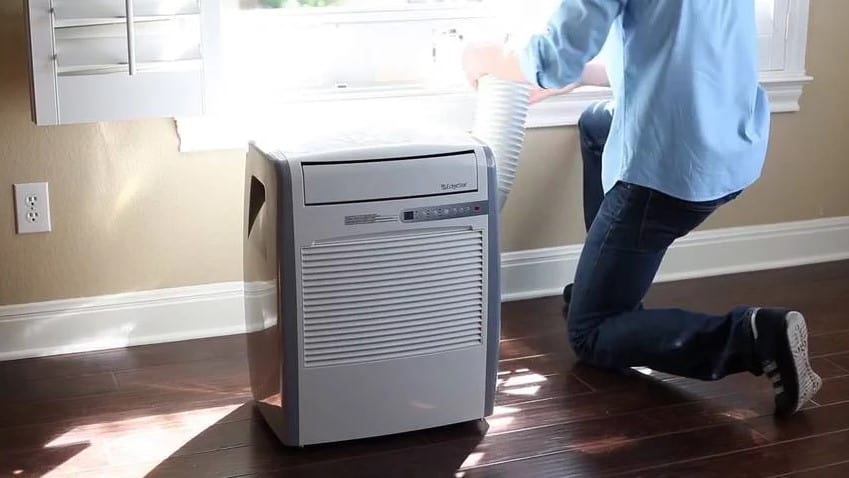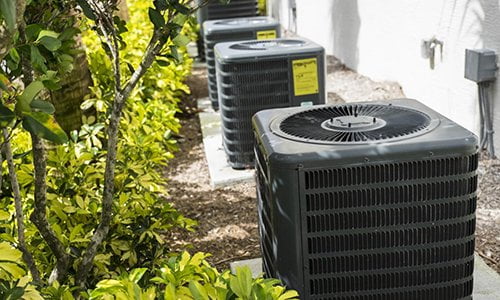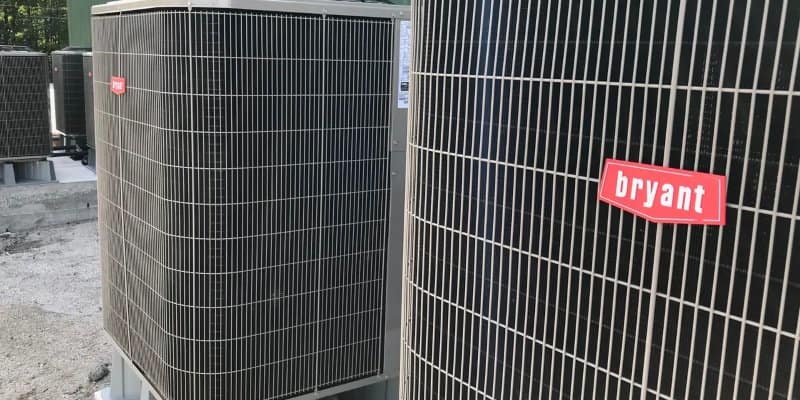The convenience of portable ACs has, in recent years, given window units strong competition when it comes to which is the best air conditioner. However, this doesn’t mean it doesn’t require cleaning or storage. You also need to know how to properly use a portable A/C and how to size a portable air conditioner to correctly fit your room. In this article, we’ll show you step-by-step how to store a portable air conditioner. And if you’ve just realized this article is for the wrong type of air conditioner, here’s an article about how to store a window AC unit.
KEY TAKEAWAYS:
- Portable AC units have to go through a takedown and cleaning process before being stored for the winter.
- Empty all drainage trays and clean the coils and filters.
- Store your unit upright in a cool, dry place that doesn’t reach temperatures below freezing during the winter.
What Makes a Portable AC Different?
Outside of the strange, snaky ventilation hose and resemblance to R2D2, portable air conditioner units are helpful for those with few windows or that live in buildings that don’t allow window units.
Insider Tip
One of the best ways to protect your AC unit during storage is to keep it in the box it came in.
Portable ACs stand in an upright position and are often less powerful and more energy-efficient than their window-bound siblings. For more info on AC preservation and repair, you can check out our article that explains how to stop an air conditioner from leaking water.
Getting Your Portable AC Unit Ready for Storage
STEP 1 Power Down and Disconnect Power Cord
- Ensure the unit is fully turned off and unplugged from the electrical outlet.
- Wrap the chord up and store it either in the designated chord compartment or bind it with a string or rubber band.
STEP 2 Remove Window Kit Equipment
- Unscrew the ventilation hose from the port in the back of the unit and fold it up. To keep it compressed, fasten it with tape.
- Take the slide out of the window. Remove the screws and store them.
STEP 3 Cleanse the Coils
- Unscrew the front panel of the AC unit so that the air filters and coils are exposed.
- Take a vacuum and remove any dust or debris from the coils. Vacuum gently and up and down so you do not damage them.
- After putting on safety goggles and gloves, apply the coil cleaner and let sit for five minutes (or however long the spray bottle directs).
STEP 4 Drain the Tank
- Unscrew the top drain knob and unplug the drip tray so that any residual water drips into the water container. Drain until there is no more drippage.
- Put the plug back and screw on the drain knob.
- Set the air conditioning unit on a platform that’s high enough to tilt it slightly back into a container.
- Unscrew the bottom drain knob and then remove the drain plug.
- As the excess moisture drains from the water tank, tilt it back further to drain completely.
STEP 5 Clean the Filters
- Remove the air filters and clean out any dust with a vacuum.
- Rinse them out and let them dry completely before replacing them.
STEP 6 Find Storage Space
- Replace the front panel and put the screws back in place.
- Create an area for your unit, ideally inside or somewhere where temperatures won’t reach below freezing.
- Place it in the box it came in. Cover it with garbage bags or a tarp if you don’t have the box.
Warning
Never store your air conditioner on its side, as this can damage it.
F.A.Q.S
What happens to the unit if the exhaust hose is twisted?
A twisted or kinked hose can reduce the unit’s ability to ventilate. This problem can bring down the cooling power and shorten the machine’s lifespan.
Is it wrong to lay a portable AC on its side?
Do not store or use a portable AC on its side because this can damage the compressor.
Is it wrong to store an AC unit in a garage?
It’s best to store an AC unit in an area that is cool, dry, and won’t get below freezing. If your garage meets these standards, then it will be fine.
STAT: Most households spend close to $300 annually on air conditioning. (source)
REFERENCES:
- https://www.youtube.com/watch?v=DHxsr_moMns
- https://www.newair.com/blogs/learn/how-to-winterize-your-portable-air-conditioner
- https://myhomeclimate.com/blogs/knowledge-centre/how-to-clean-and-maintain-your-portable-air-conditionerr
- https://www.youtube.com/watch?v=vxDaIdlcav0
- https://www.youtube.com/watch?v=DHxsr_moMns&t=66s
- https://www.warnerservice.com/shocking-air-conditioning-statistics















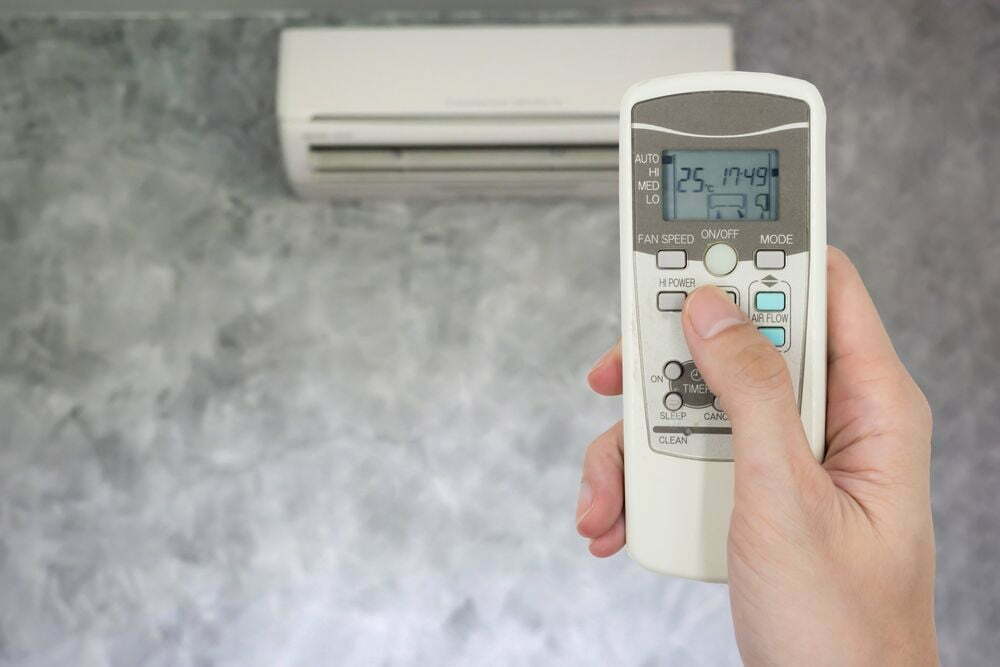
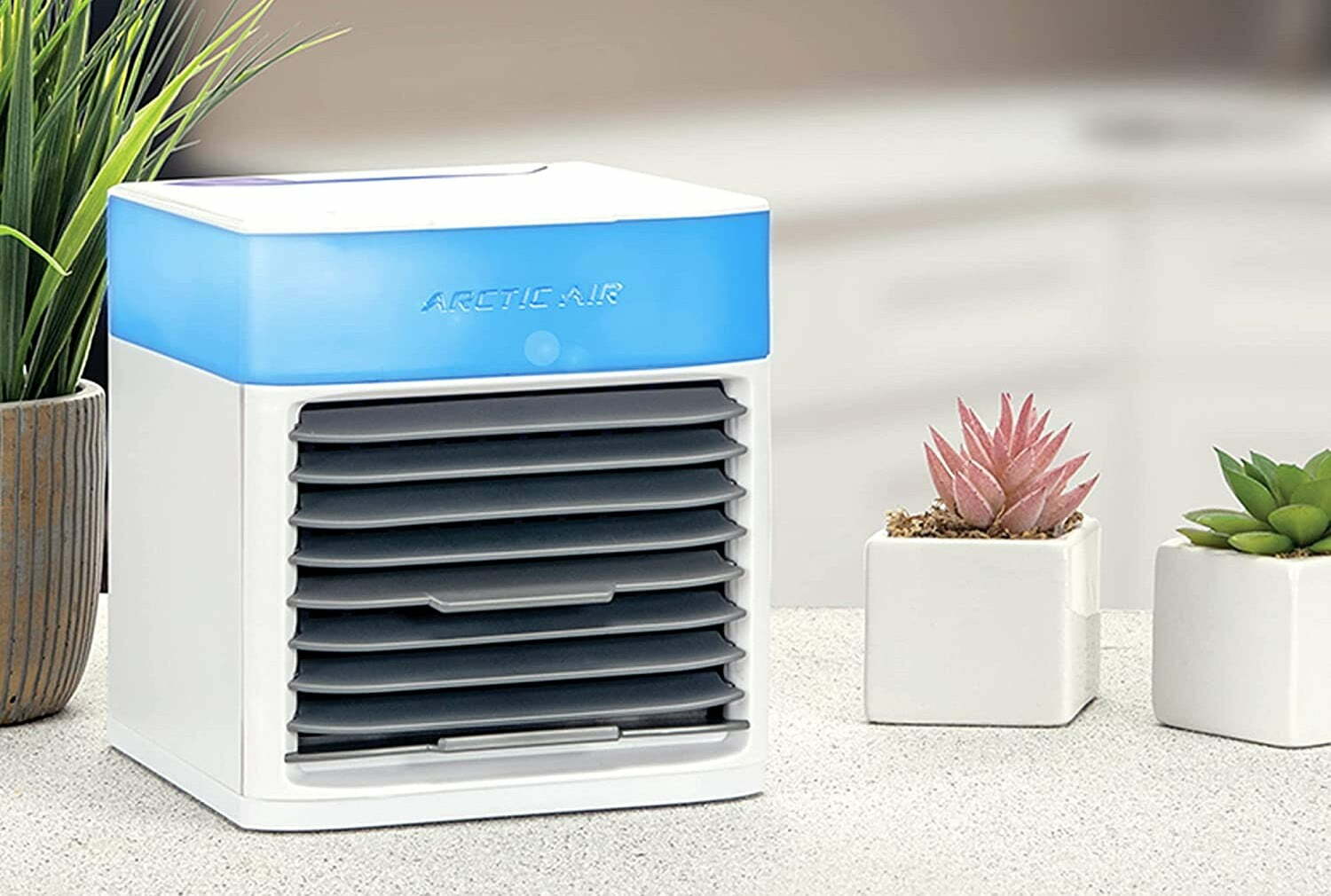
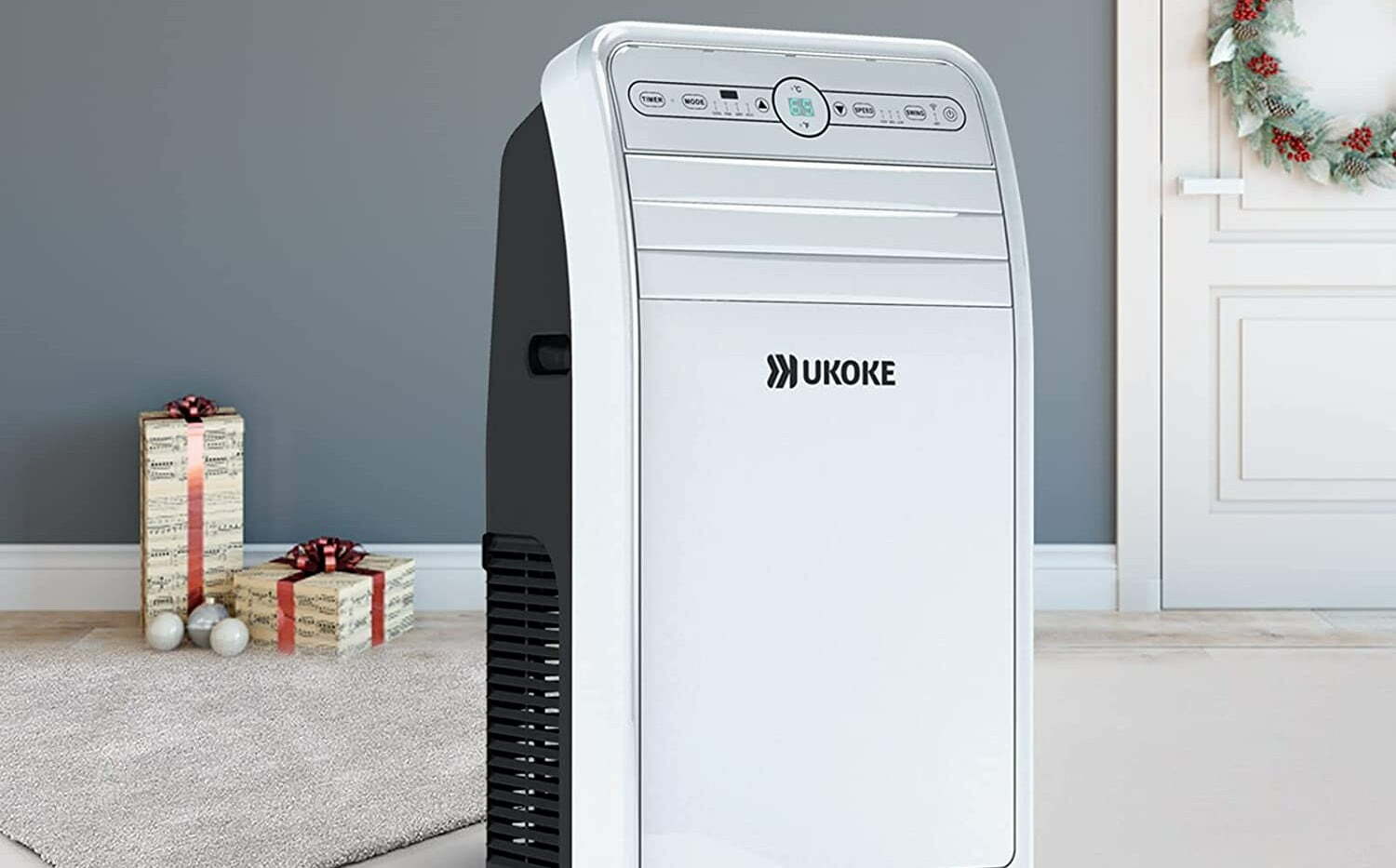
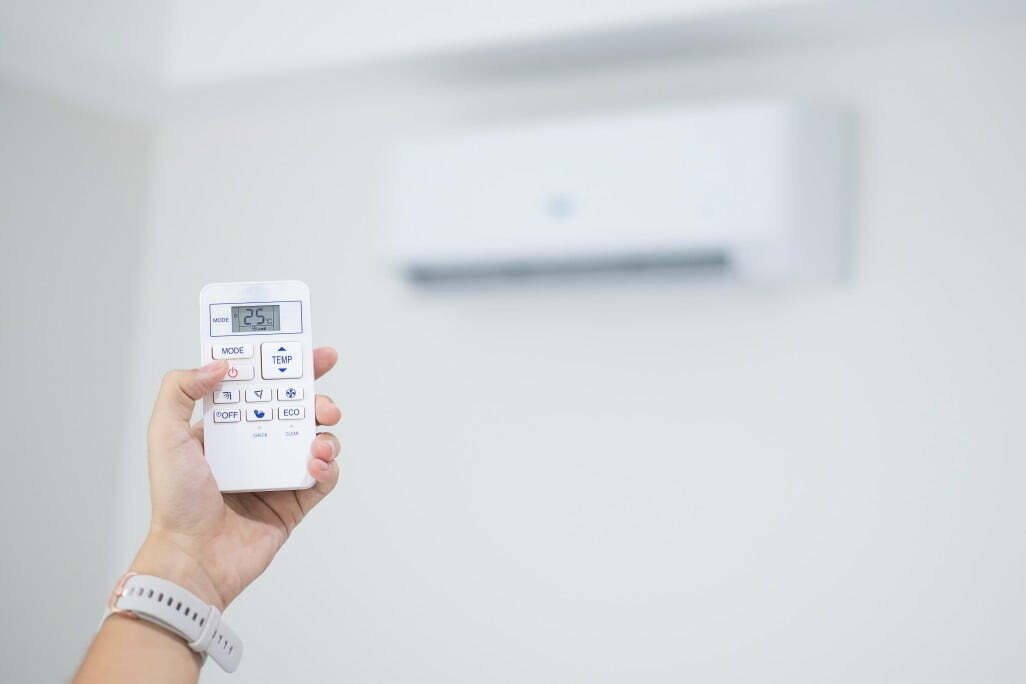
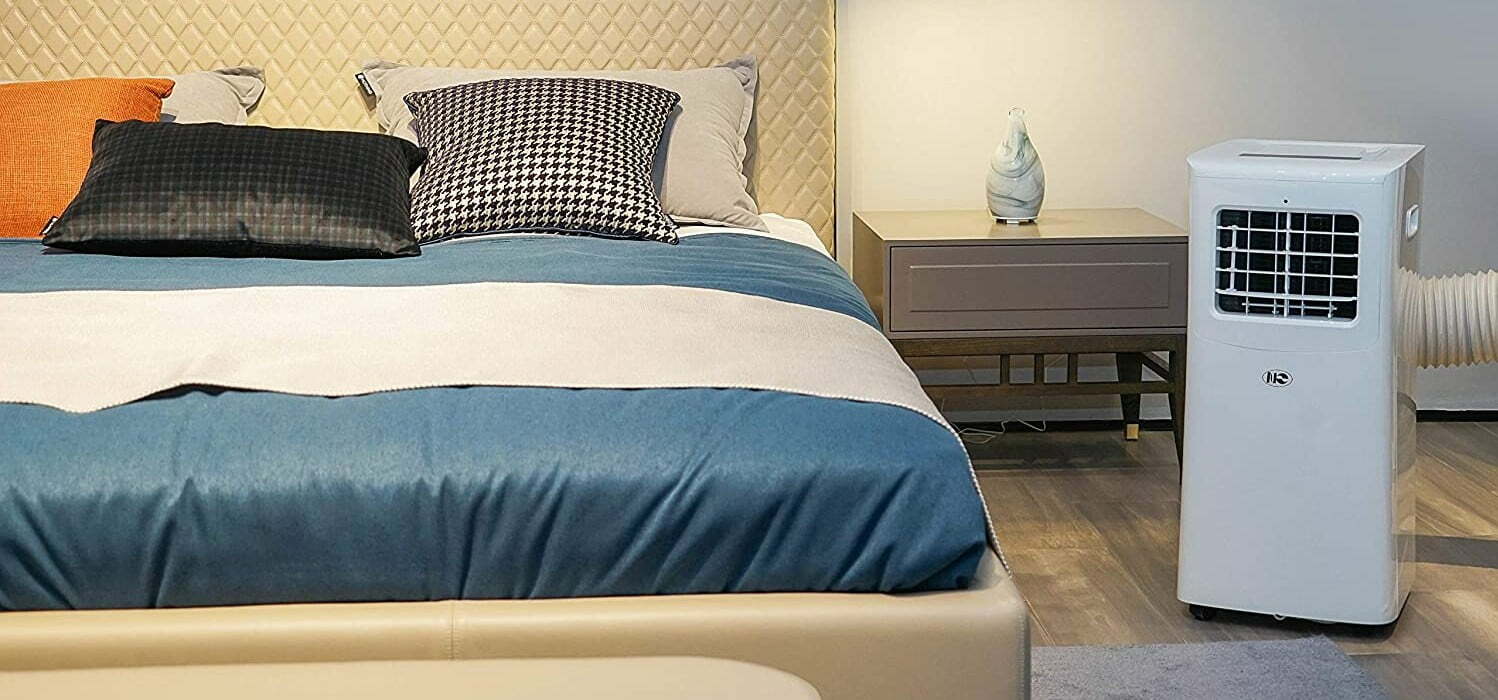
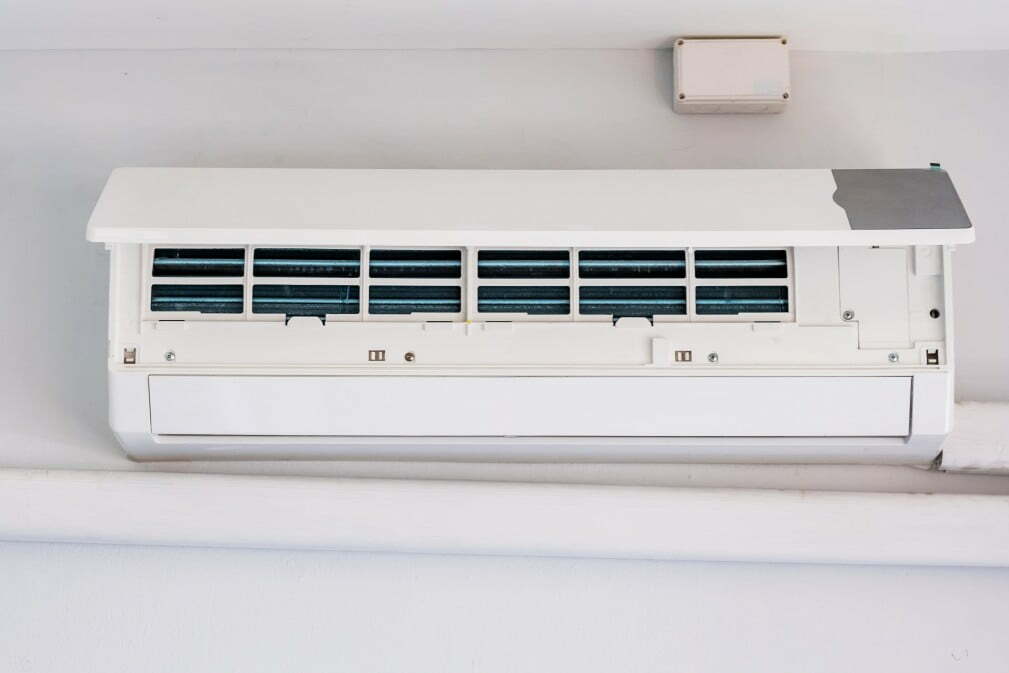
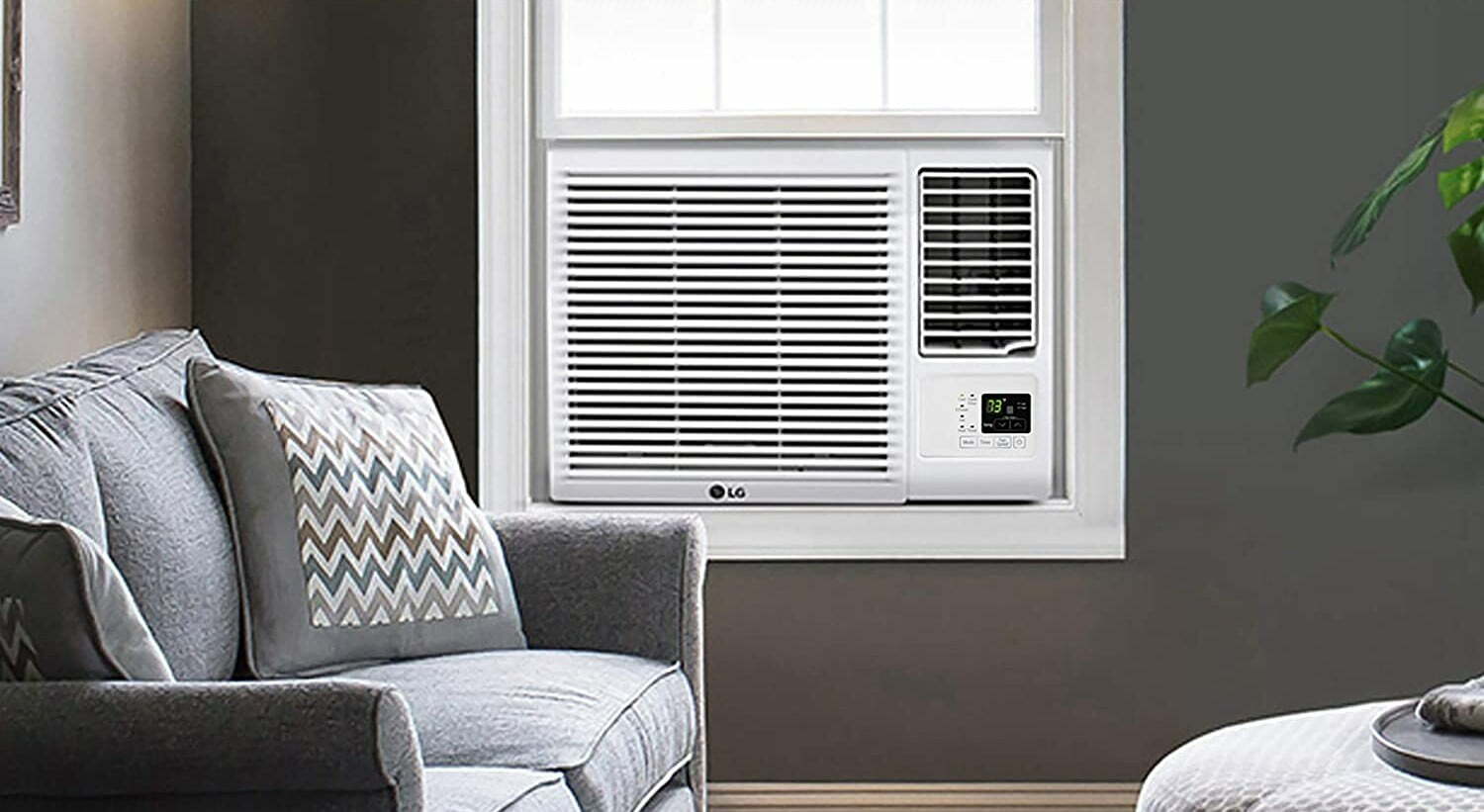
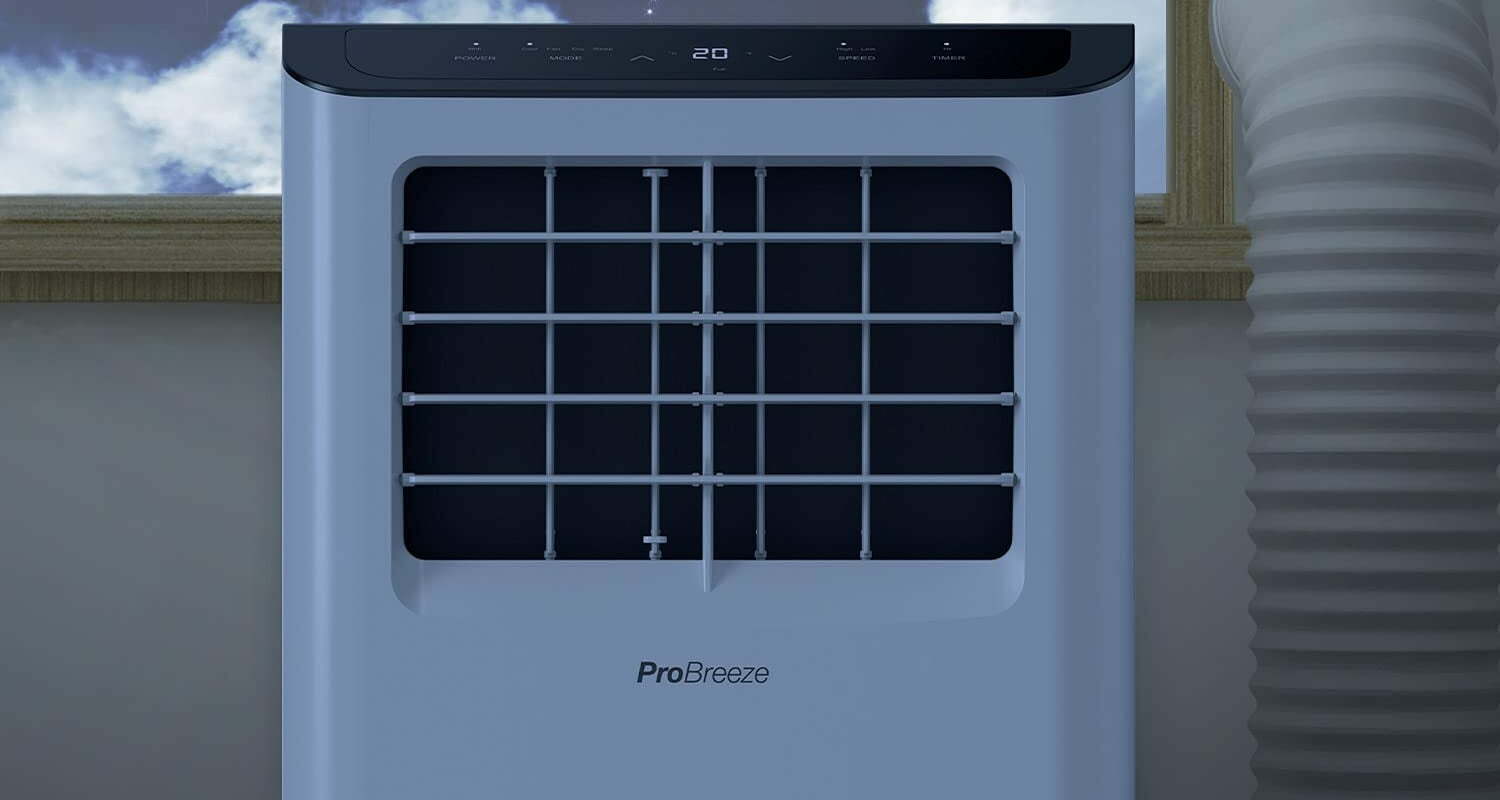
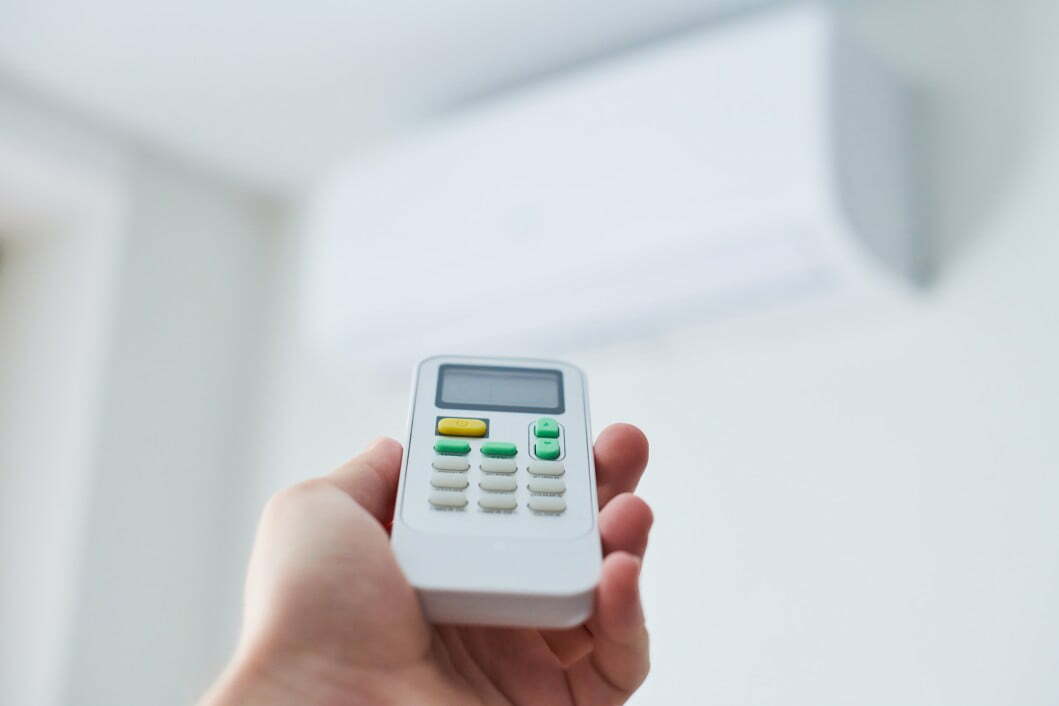
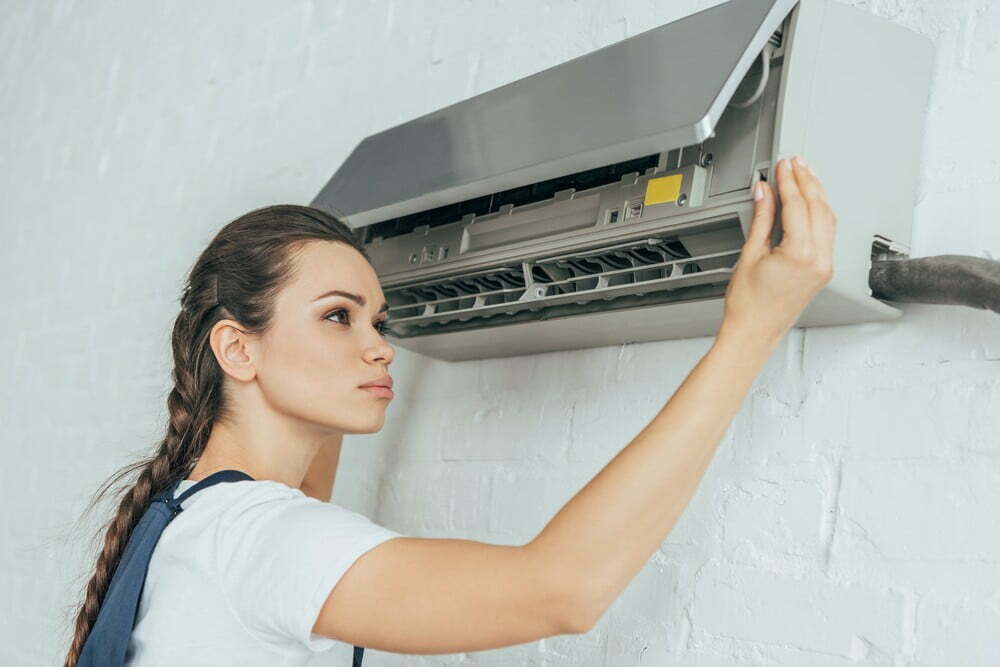
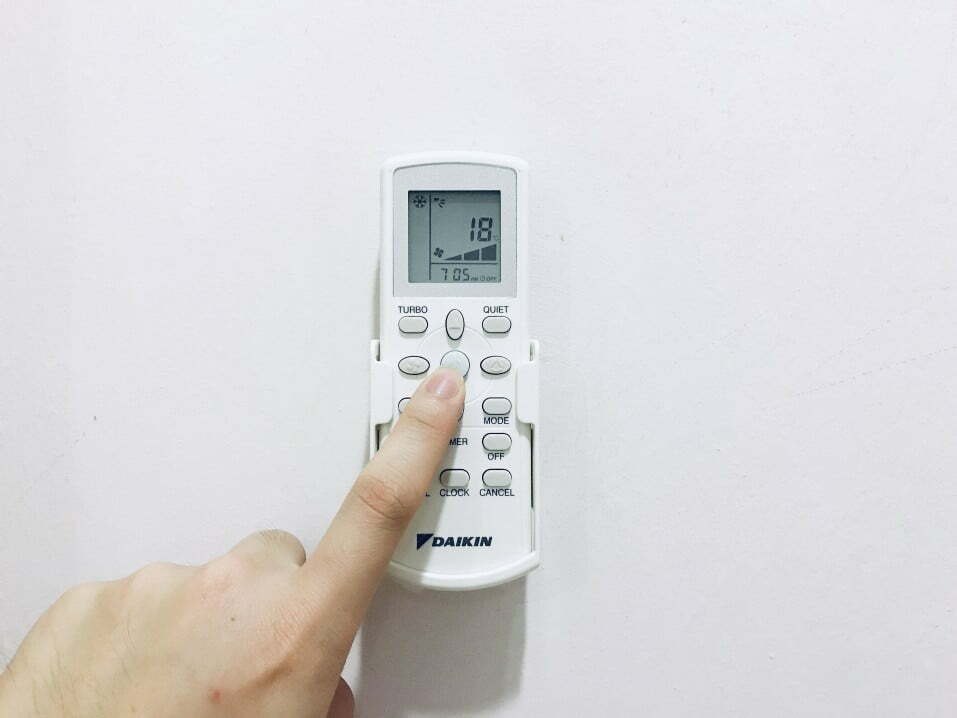
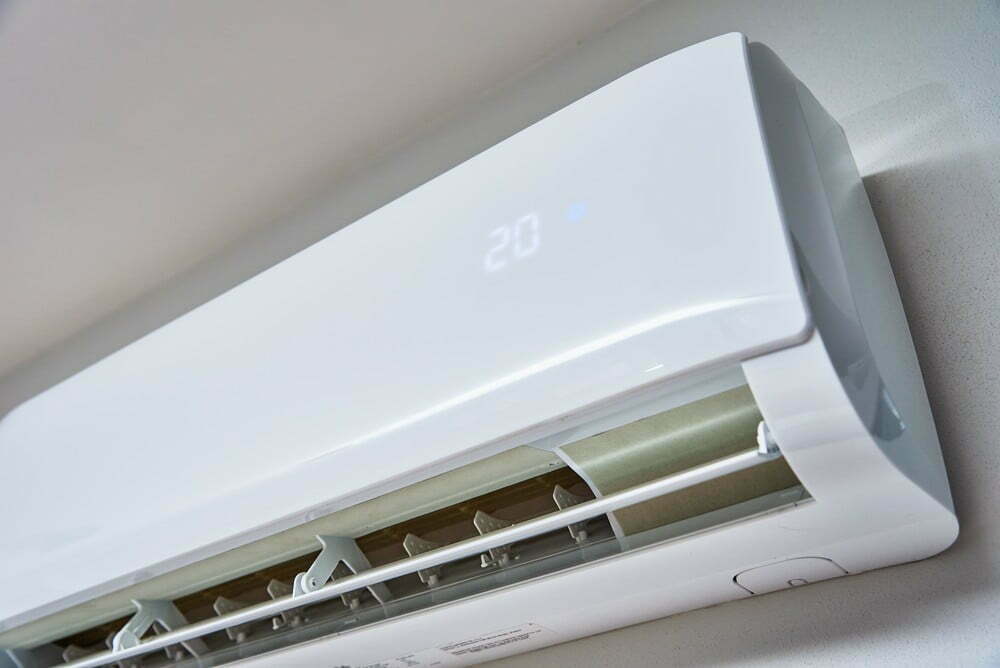
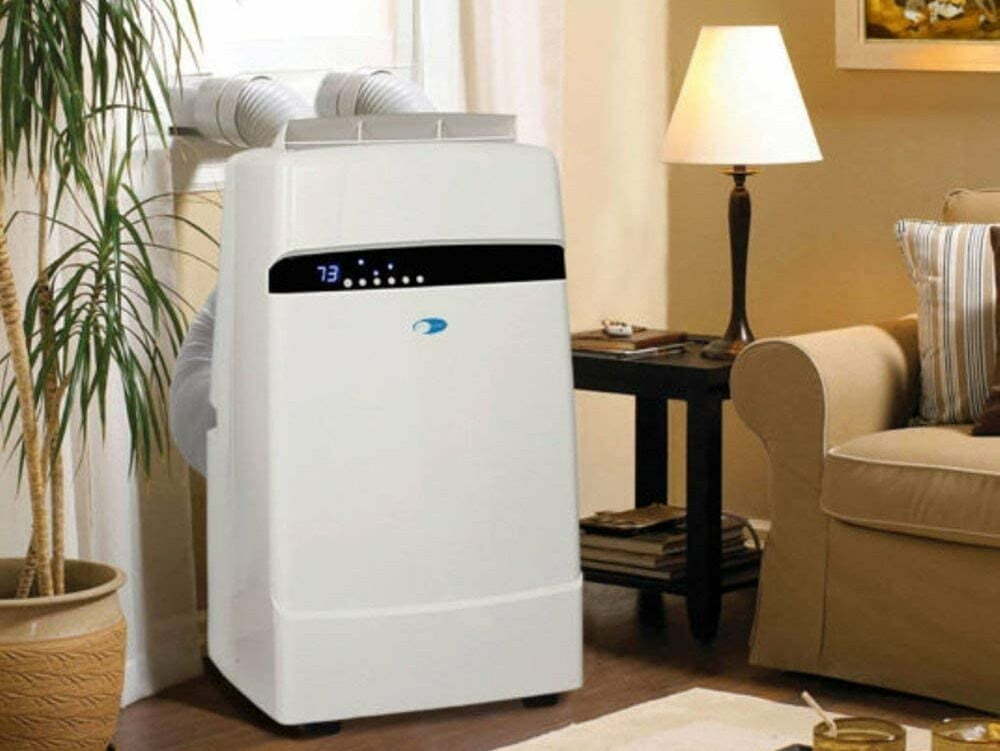
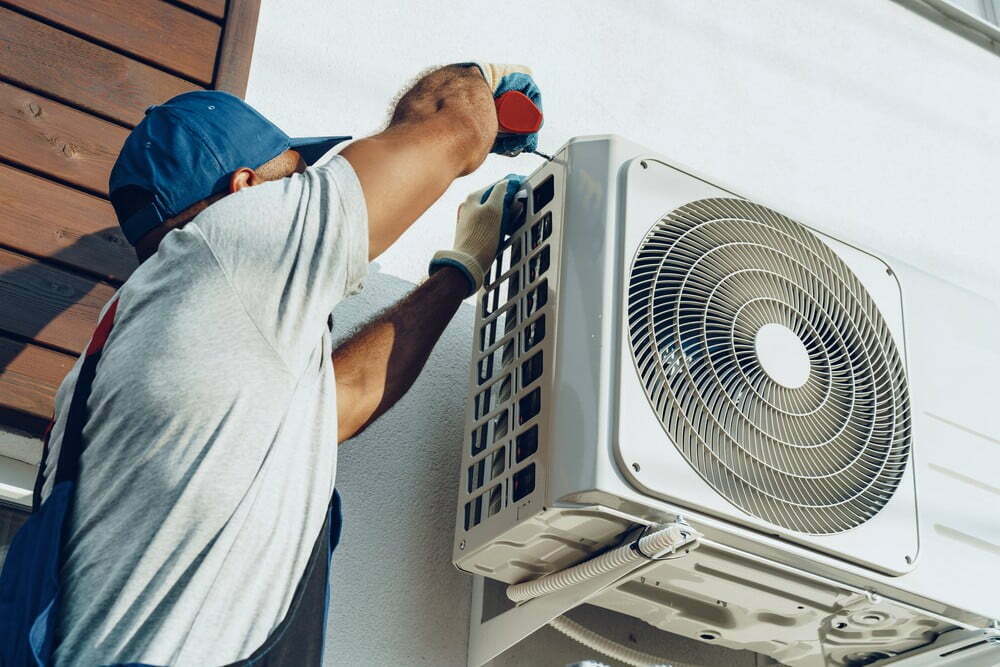
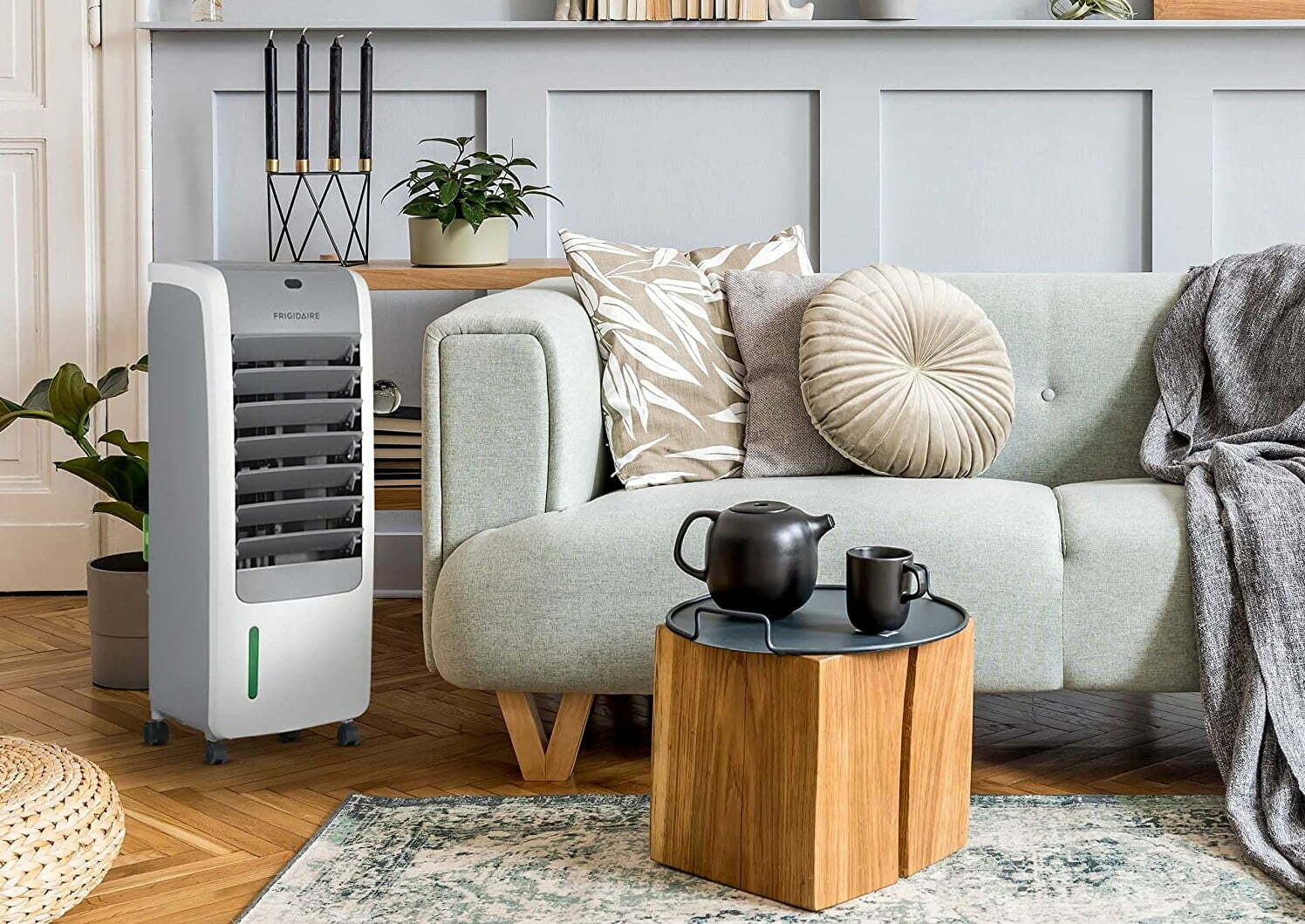
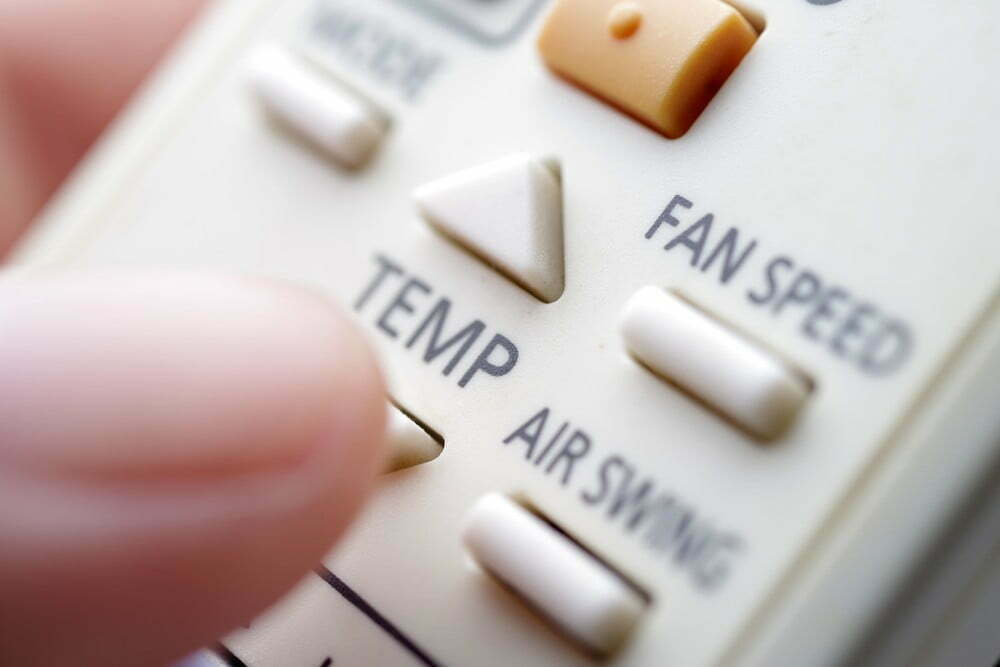
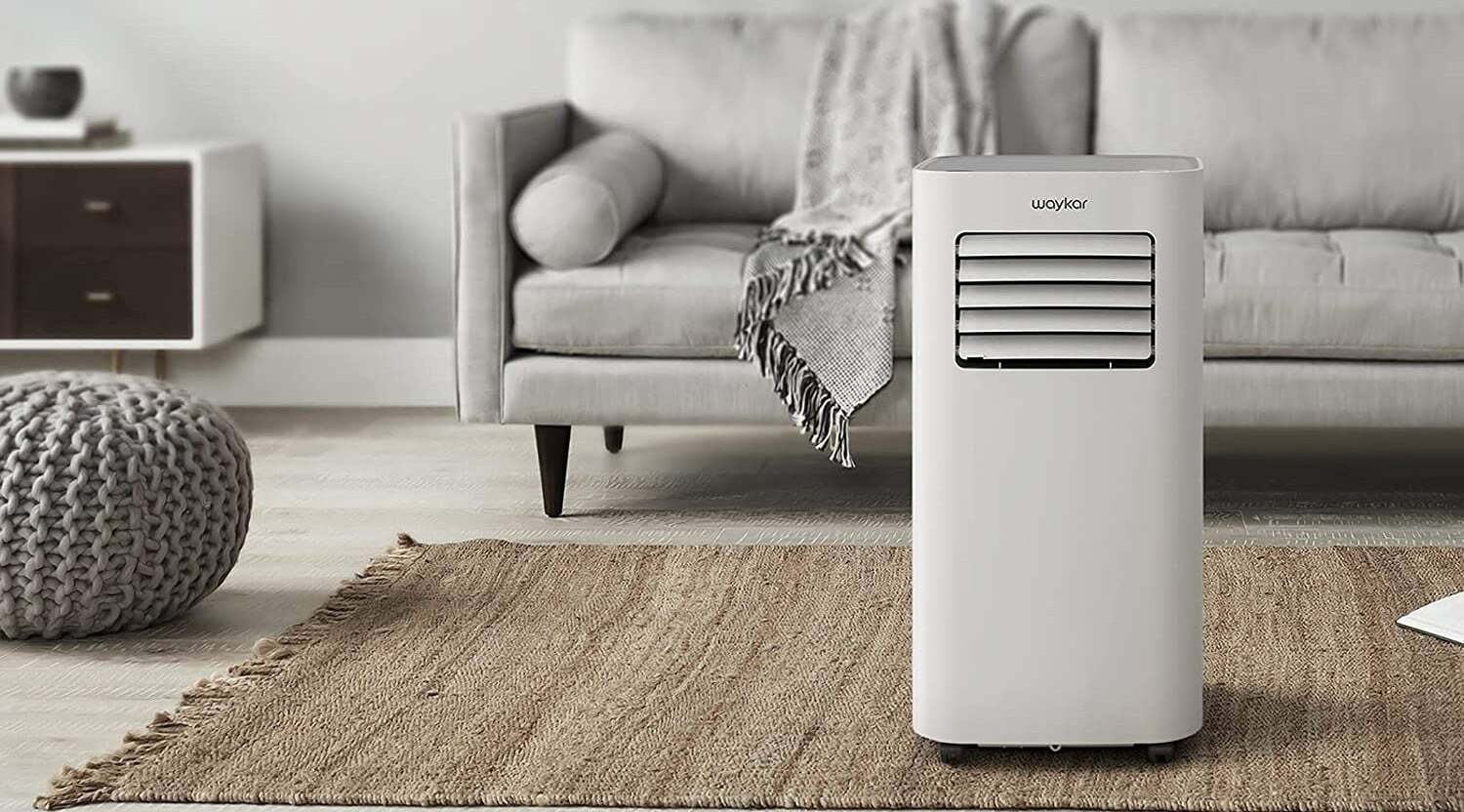
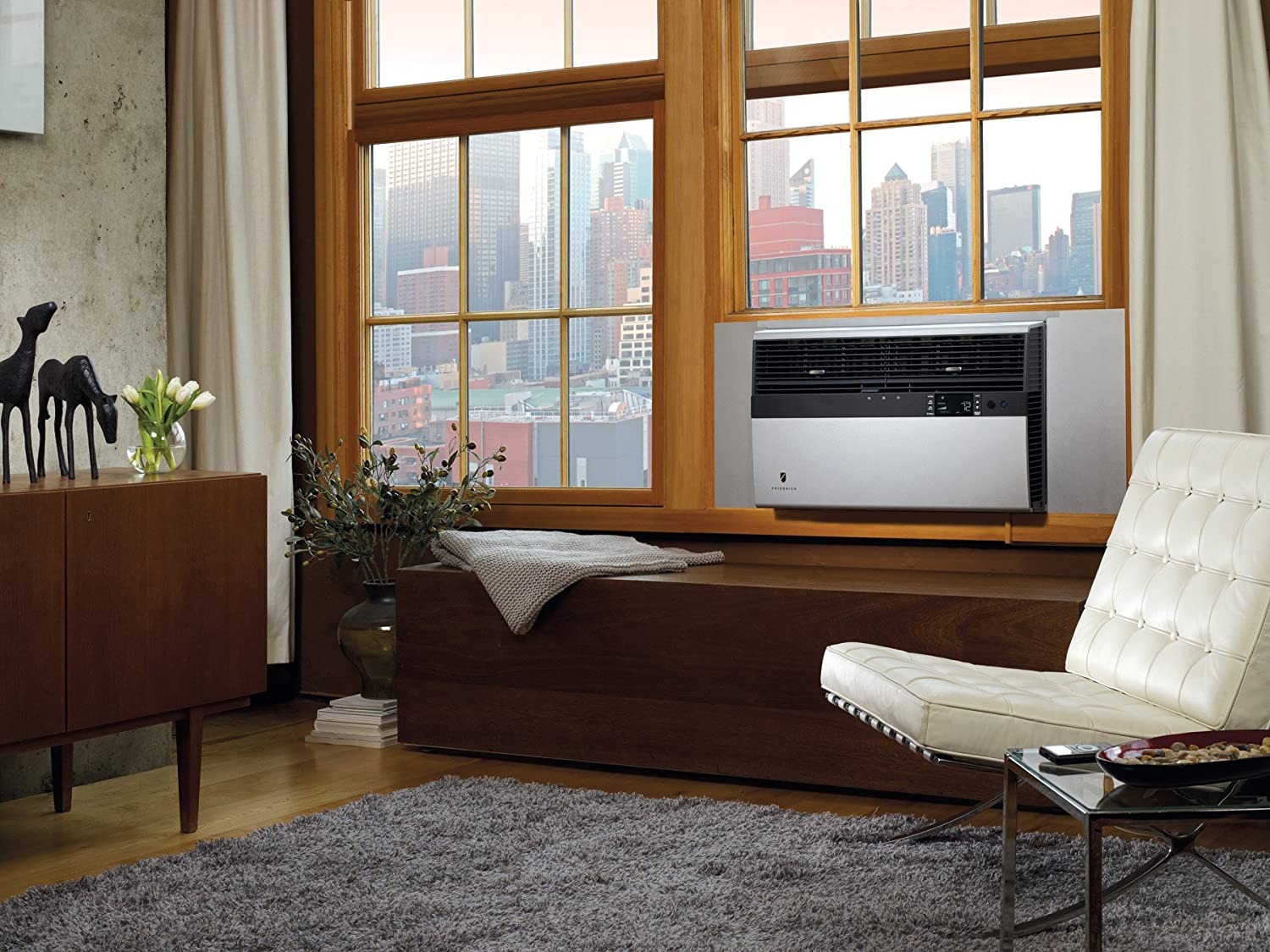
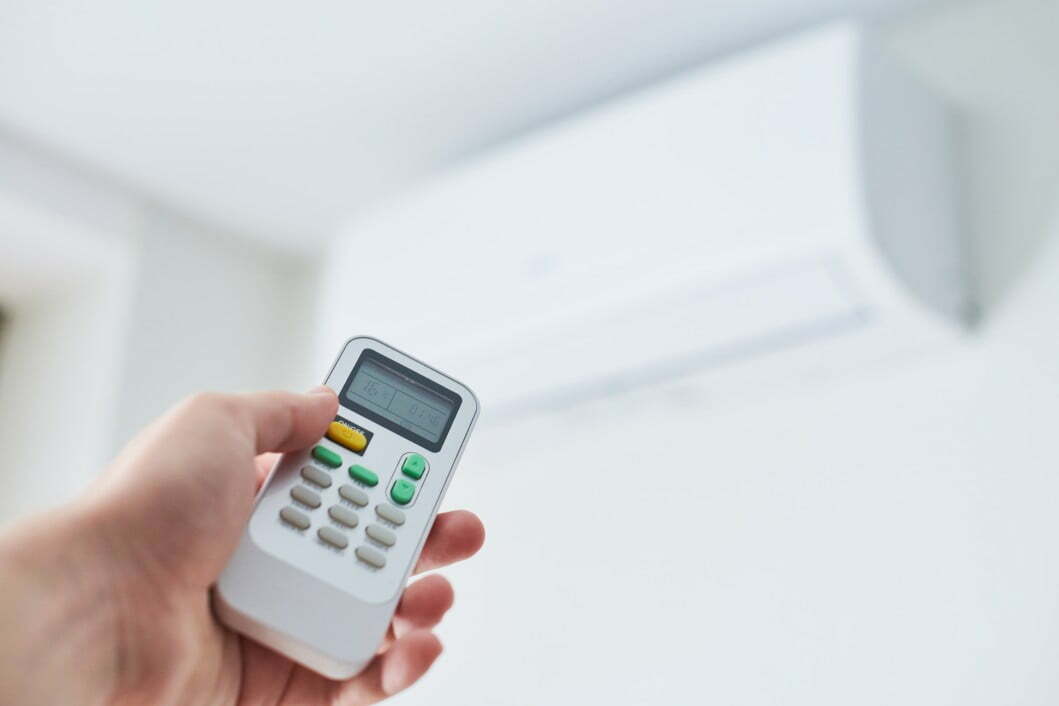
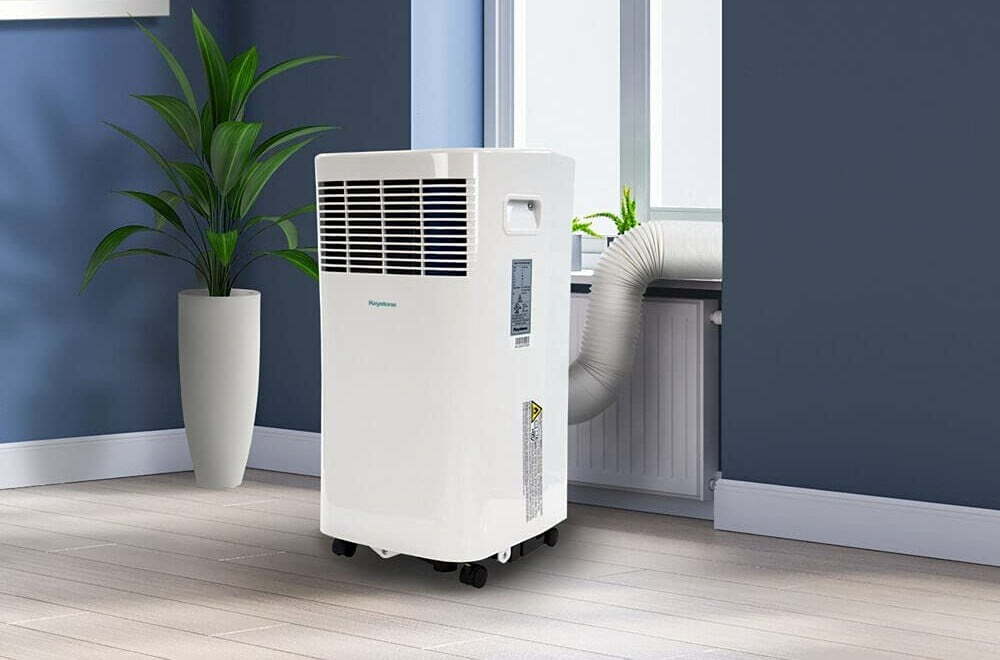
![Best Air Conditioners in [year] ([month] Reviews) 27 Best Air Conditioners in 2025 (December Reviews)](https://www.gadgetreview.dev/wp-content/uploads/best-air-conditioners-image.jpg)
![Quietest Through The Wall Air Conditioners in [year] 28 Quietest Through The Wall Air Conditioners in 2025](https://www.gadgetreview.dev/wp-content/uploads/quietest-through-the-wall-air-conditioner-image.jpg)
![Best 10000 BTU Air Conditioners in [year] 29 Best 10000 BTU Air Conditioners in 2025](https://www.gadgetreview.dev/wp-content/uploads/best-10000-btu-air-conditioner-image.jpg)
![Best 15000 BTU Air Conditioners in [year] 30 Best 15000 BTU Air Conditioners in 2025](https://www.gadgetreview.dev/wp-content/uploads/best-15000-btu-air-conditioner-image.jpg)
![Best 15000 BTU Window Air Conditioners in [year] 31 Best 15000 BTU Window Air Conditioners in 2025](https://www.gadgetreview.dev/wp-content/uploads/best-15000-btu-window-air-conditioner-image.jpg)
![Best 12000 BTU Air Conditioners in [year] 32 Best 12000 BTU Air Conditioners in 2025](https://www.gadgetreview.dev/wp-content/uploads/best-12000-btu-air-conditioner-image.jpg)
![Best Photocatalytic Oxidation Air Purifiers in [year] 33 Best Photocatalytic Oxidation Air Purifiers in 2025](https://www.gadgetreview.dev/wp-content/uploads/best-photocatalytic-oxidation-air-purifier-image.jpg)
![Best Ventless Portable Air Conditioners in [year] 34 Best Ventless Portable Air Conditioners in 2025](https://www.gadgetreview.dev/wp-content/uploads/best-ventless-portable-air-conditioner-image.jpg)
![Best Window Air Conditioners with Heat in [year] 35 Best Window Air Conditioners with Heat in 2025](https://www.gadgetreview.dev/wp-content/uploads/best-window-air-conditioner-with-heat-image.jpg)
![Best Inverter Air Conditioners in [year] 36 Best Inverter Air Conditioners in 2025](https://www.gadgetreview.dev/wp-content/uploads/best-inverter-ac-image.jpg)
![Best HEPA Air Purifiers in [year] 37 Best HEPA Air Purifiers in 2025](https://www.gadgetreview.dev/wp-content/uploads/best-hepa-air-purifier-image.jpg)
![Best Quiet Window Air Conditioners in [year] 38 Best Quiet Window Air Conditioners in 2025](https://www.gadgetreview.dev/wp-content/uploads/quiet-window-air-conditioner-image.jpg)
![Best Energy Efficient Window Air Conditioners in [year] 39 Best Energy Efficient Window Air Conditioners in 2025](https://www.gadgetreview.dev/wp-content/uploads/best-energy-efficient-window-air-conditioner-image.jpg)
![Best Quiet Portable Air Conditioners in [year] 40 Best Quiet Portable Air Conditioners in 2025](https://www.gadgetreview.dev/wp-content/uploads/quiet-portable-air-conditioner-image.jpg)
![Best 6000 BTU Air Conditioners in [year] 41 Best 6000 BTU Air Conditioners in 2025](https://www.gadgetreview.dev/wp-content/uploads/best-6000-btu-air-conditioner-image.jpg)
![Best 8000 BTU Air Conditioners in [year] 42 Best 8000 BTU Air Conditioners in 2025](https://www.gadgetreview.dev/wp-content/uploads/best-8000-btu-air-conditioner-image.jpg)
![Best Small Window Air Conditioner in [year] 43 Best Small Window Air Conditioner in 2025](https://www.gadgetreview.dev/wp-content/uploads/best-small-window-air-conditioner-image.jpg)
![Best 5000 BTU Air Conditioners in [year] 44 Best 5000 BTU Air Conditioners in 2025](https://www.gadgetreview.dev/wp-content/uploads/best-5000-btu-air-conditioner.jpg)
![Best Mini Split in [year] 45 Best Mini Split in 2025](https://www.gadgetreview.dev/wp-content/uploads/best-ductless-mini-split-air-conditioner-image.jpg)
![10 Best Portable Air Conditioners and Heaters in [year] 46 10 Best Portable Air Conditioners and Heaters in 2025](https://www.gadgetreview.dev/wp-content/uploads/best-portable-air-conditioner-and-heater-image.jpg)
